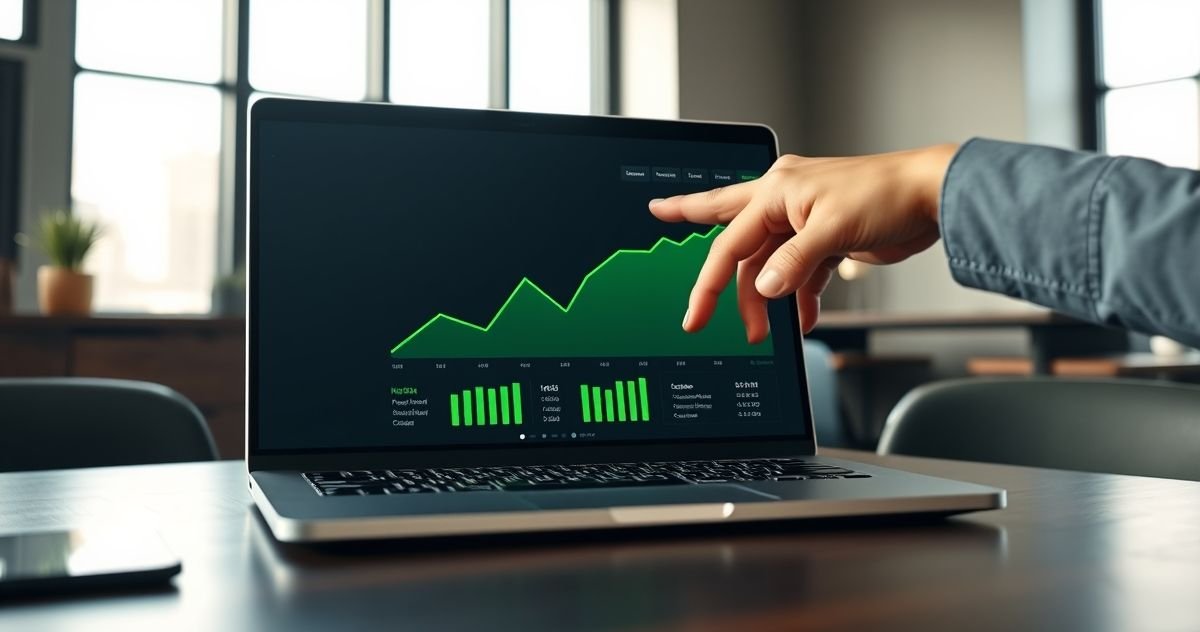Understanding Student Loan Default
When you miss federal student loan payments for an extended period, typically 270 days (about nine months), your loan enters into default. A defaulted loan carries serious consequences, including damage to your credit score, wage garnishment, and the seizure of tax refunds or Social Security benefits. Student Loan Rehabilitation is a government program designed as a path to cure this default and restore your loan to good standing.
The Student Loan Rehabilitation Process: A Step-by-Step Guide
Rehabilitating a loan is an active process that requires you to follow specific steps. Here is what you can expect:
- Contact Your Loan Holder: Your first step is to identify who is managing your defaulted loan. This is often not your original servicer but a private collection agency or the Department of Education’s Default Resolution Group. You can find this information by logging into your Federal Student Aid account at StudentAid.gov.
- Agree on a Payment Plan: You will negotiate a “reasonable and affordable” monthly payment with the loan holder. According to the Department of Education, this payment is calculated as 15% of your annual discretionary income, divided by 12. Discretionary income is the amount you earn above 150% of the U.S. poverty guideline for your family size and state. If this amount is still unaffordable, you can submit proof of income and expenses to negotiate a lower payment, sometimes as little as $5 per month.
- Make On-Time Payments: To complete the program, you must make nine voluntary, on-time payments within ten consecutive months. This schedule allows you to miss one payment without being disqualified.
- Complete the Program: After your ninth payment, your loan is officially rehabilitated. The default is removed, your loan is assigned to a new servicer, and you regain all the benefits of a borrower in good standing.
Key Benefits of Rehabilitating a Student Loan
Successfully completing rehabilitation offers significant advantages for your financial health:
- Removes the Default from Your Credit Report: While the history of late payments will remain, the record of the default itself is removed, which can significantly improve your credit score.
- Halts Aggressive Collection Activities: Wage garnishment, tax refund offset, and collection calls will stop.
- Restores Borrower Privileges: You will regain eligibility for federal student aid, deferment, forbearance, and income-driven repayment (IDR) plans.
- Provides a New Loan Servicer: Your account is transferred from a collection agency to a standard federal loan servicer.
Rehabilitation vs. Consolidation: Which Is Right for You?
A Direct Consolidation Loan is the other primary method for getting out of default. While faster, consolidation does not remove the default from your credit report. Instead, it pays off the defaulted loan with a new one, and the default record remains for seven years. For most borrowers, rehabilitation is the superior long-term choice for credit repair.
| Feature | Student Loan Rehabilitation | Direct Consolidation Loan |
|---|---|---|
| Process | Make 9 voluntary payments over 10 months. | Combine one or more defaulted loans into a new loan. |
| Credit Impact | Removes the default from your credit report. | The default record remains on your credit report. |
| Timeline | Takes 9–10 months to complete. | Can be completed in under 60 days. |
| Usage Limit | A one-time opportunity per loan. | Can be used more than once, but with limitations. |
Who Is Eligible for Federal Loan Rehabilitation?
This program is available to borrowers with most types of defaulted federal student loans, including:
- Direct Loans
- Federal Family Education Loans (FFEL)
- Perkins Loans
Private student loans are not eligible for federal rehabilitation. If you have a defaulted private loan, you must contact your lender directly to discuss workout options.
Frequently Asked Questions (FAQs)
Q: Does student loan rehabilitation hurt your credit?
A: No, it is beneficial for your credit. The process removes the default status from your credit history, which is a significant positive factor for your score. The original late payments will still be listed, but removing the default itself is a major step toward financial recovery.
Q: What happens after I complete student loan rehabilitation?
A: After your ninth successful payment, your loan is transferred to a new loan servicer. You can then enroll in a standard or income-driven repayment plan to manage your ongoing monthly payments affordably.
Q: Can I use student loan rehabilitation more than once?
A: No, rehabilitation is generally a one-time opportunity for each loan. If you default on the same loan again after rehabilitating it, you will not be eligible to use this program a second time. This makes it critical to choose a sustainable repayment plan after completion.
External Resources:
For more official information, visit the Department of Education’s page on Getting Out of Default.



